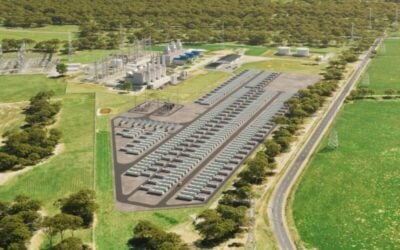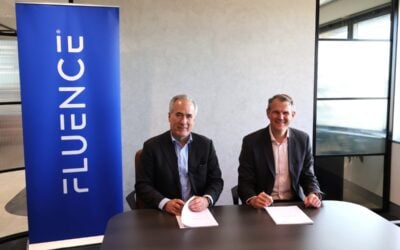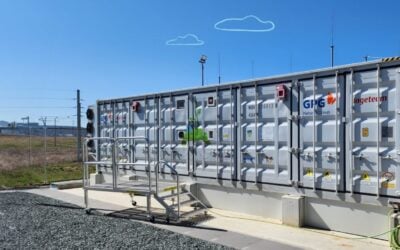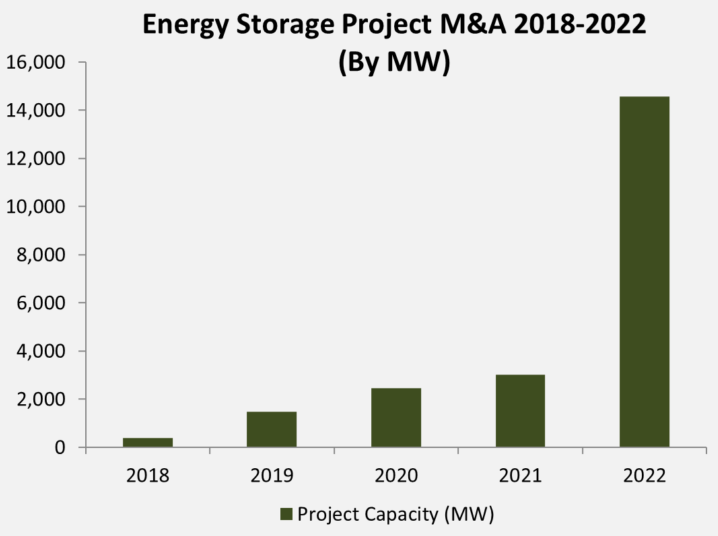
Corporate funding of energy storage companies reached more than US$26 billion worldwide in 2022, a 55% jump from the previous year’s total of US$17 billion.
That’s according to the latest report from analysis group Mercom Capital, which also found that there was a 20% jump in the number of project acquisitions in the sector year-on-year, while there were six public listings for energy storage companies in 2022 versus four in 2021.
Enjoy 12 months of exclusive analysis
- Regular insight and analysis of the industry’s biggest developments
- In-depth interviews with the industry’s leading figures
- Annual digital subscription to the PV Tech Power journal
- Discounts on Solar Media’s portfolio of events, in-person and virtual
Mercom Capital tracks deals on a quarterly basis but uses the occasion of its fourth quarter (Q4) reports to round up activity for the year. Its energy storage sector figures are collated together with deals from the smart grid and energy efficiency sectors.
Under every metric recorded by the company except one, corporate funding activity into energy storage companies increased from 2021 to 2022. That lone category was venture capital (VC) funding, which dropped from US$8.8 billion in 2021 to US$5.8 billion last year.
Along with some of the other activity seen in the year, that drop in VC funding could actually be a sign of growing industry maturity, Mercom CEO Raj Prabhu suggested.
“Funding into energy storage continued to grow at record levels in 2022; however, some of the funding activity shifted from venture capital and private equity to public market and debt and debt financing,” Prabhu said.
Debt and public market financing went up 151% year-on-year. A total US$20.6 billion was raised last year versus just US$8.2 billion in 2021.
“In addition to record funding activity, energy storage companies and projects were also acquired in record numbers, a reflection of maturity in energy storage markets and assets,” Prabhu said.
400% increase in energy storage project M&As
Indeed, while project acquisitions increased a healthy 20% in terms of the number of deals, looking at those acquisitions in terms of gigawatts showed a 400% year-on-year increase (see chart at top).
Around 3GW of standalone energy storage and solar-plus-storage acquisitions were publicly announced in 2021, which became 14.6GW in 2022.
Meanwhile 28 energy storage companies were involved in merger and acquisition (M&A) deals in 2022, four more than in 2021, and the highest number of company acquisitions recorded in the space since 2014.
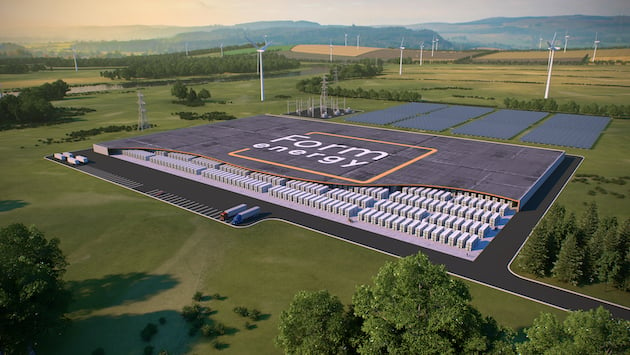
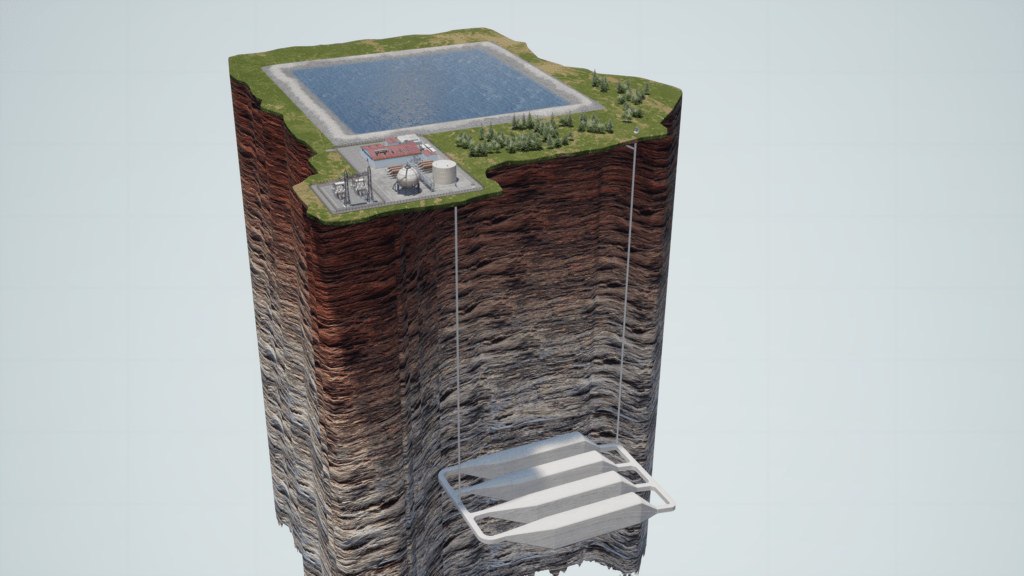
In fact, that decline in VC activity is something Mercom has been aware of for some time, noting back in July last year that there was a 34% drop in VC funding from the first half of 2021 compared to H1 2022.
Most of the biggest VC deals for the year had already been completed and announced by that halfway point in the year, with only two, long-duration iron-air battery startup Form Energy’s US$450 million Series E funding round and battery recycling specialist Ascend Elements’ US$300 million Series C, both closed in October, occurring from H2 2023 onward.
The top five list of venture capital (VC) deals in 2022 is topped by the US$925 million raised by Eolian, a US clean energy project investor, followed by Form Energy.
In third place was Group14, a lithium-silicon advanced battery startup primarily targeting the consumer electronics and electric mobility sectors at present. With Ascend Elements, currently building what it claimed is the US’ single largest battery recycling facility, in fourth place, advanced compressed air energy storage (A-CAES) provider Hydrostor’s US$250 million investment commitment from Goldman Sachs Asset Management came fifth.
It’s interesting to note that the profile of VC funding recipients is fairly broad – while Mercom said lithium-ion battery companies are the single biggest category, Hydrostor and Form Energy represent novel long-duration energy storage (LDES) technologies, for example.
The growing success of the energy storage sector in attracting financing is unlikely to come as a surprise to regular readers of this site, or indeed, to Mercom’s subscribers. In October’s Q3 2022 report, the firm identified that sector funding had already surpassed 2021’s total.
It is of course, useful to see that expectation borne out in the numbers of the latest report, and Mercom CEO Prabhu noted the strong influence of both increasing demand for batteries and other storage technologies, and supply side stimulus from the policy arena.
“The global energy transition, and the shift toward EVs, along with the (US) Inflation Reduction Act, provided strong tailwinds for energy storage companies,” Raj Prabhu said.
Read coverage of Mercom Capital Group’s latest report on corporate funding in the solar PV sector, by our colleagues over at PV Tech.



